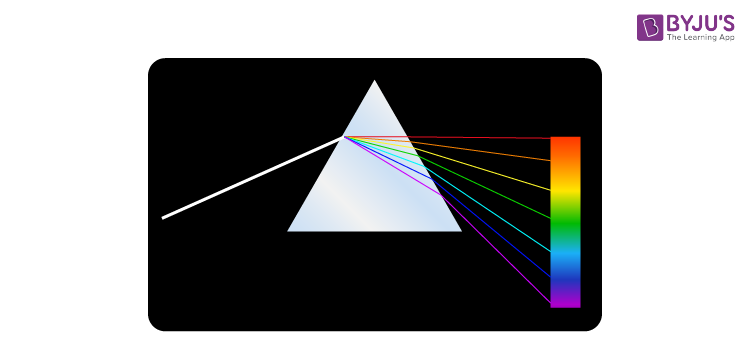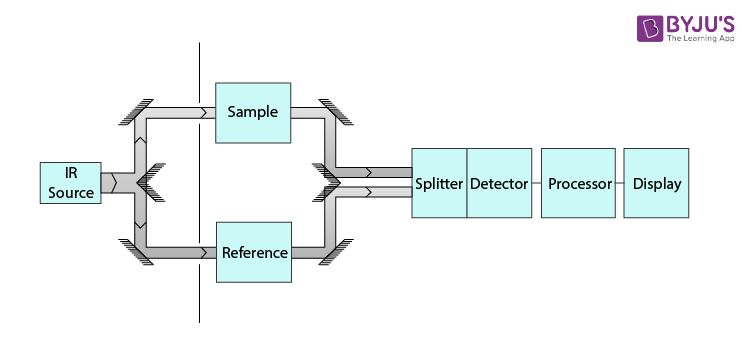What is Spectroscopy?
Spectroscopy means the dispersion of light into component colours. In simple words, it is a method to measure how much light is absorbed by a chemical substance and at what intensity of light passes through it.
As per analytical science, every element or compound has a unique characteristic spectrum. Each compound absorbs and disperses light over a certain range of wavelengths.
Table of Contents
Type of interaction between light and material:
In spectroscopy, the type of interaction between light and the material is usually -:
- Absorption spectroscopy
- Emission spectroscopy
- Elastic scattering
- reflection spectroscopy
- Impedance spectroscopy
- Inelastic scattering
- Coherent or resonance spectroscopy

In Chemistry, Spectroscopy helps to study or analyse various chemical compounds or elements, whereas in Physics, it helps to determine the makeup of the atmospheres of planets.
Types of Spectroscopy:
- Acoustic resonance
- Time-resolved
- Photoemission
- X-ray photoelectron
- Circular Dichroism
- IR Spectroscopy (Infrared spectroscopy)
- Raman spectroscopy
Infrared Spectroscopy:
The type of spectroscopy which deals with the infrared region of the electromagnetic spectrum is Infrared Spectroscopy. The rays of the infrared region have a longer wavelength and have a lower frequency than light. Infrared spectroscopy is based on absorption spectroscopy.

Raman Spectroscopy:
Raman Spectroscopy is a spectroscopic technique which is used to analyse vibrational, rotational, and other low-frequency modes in a system. Raman’s spectroscopy is commonly used in the branch of chemistry to provide a fingerprint by which molecules can be identified. As the name suggests, this phenomenon is named after Sir C. V. Raman. This phenomenon relies on inelastic scattering of monochromatic light which is also known as Raman scattering. The energy of the laser photons shifts up & down due to the interaction of the light with the molecules or phonons of an object. This up down shift of laser photons forms the vibrational modes of an object or system.

Other advanced types of Raman spectroscopy are surface-enhanced Raman, resonance Raman, tip-enhanced Raman, polarised Raman, stimulated Raman (analogous to stimulated emission), transmission Raman, spatially offset Raman, and hyper Raman.
Read more about NMR Spectroscopy.

Comments